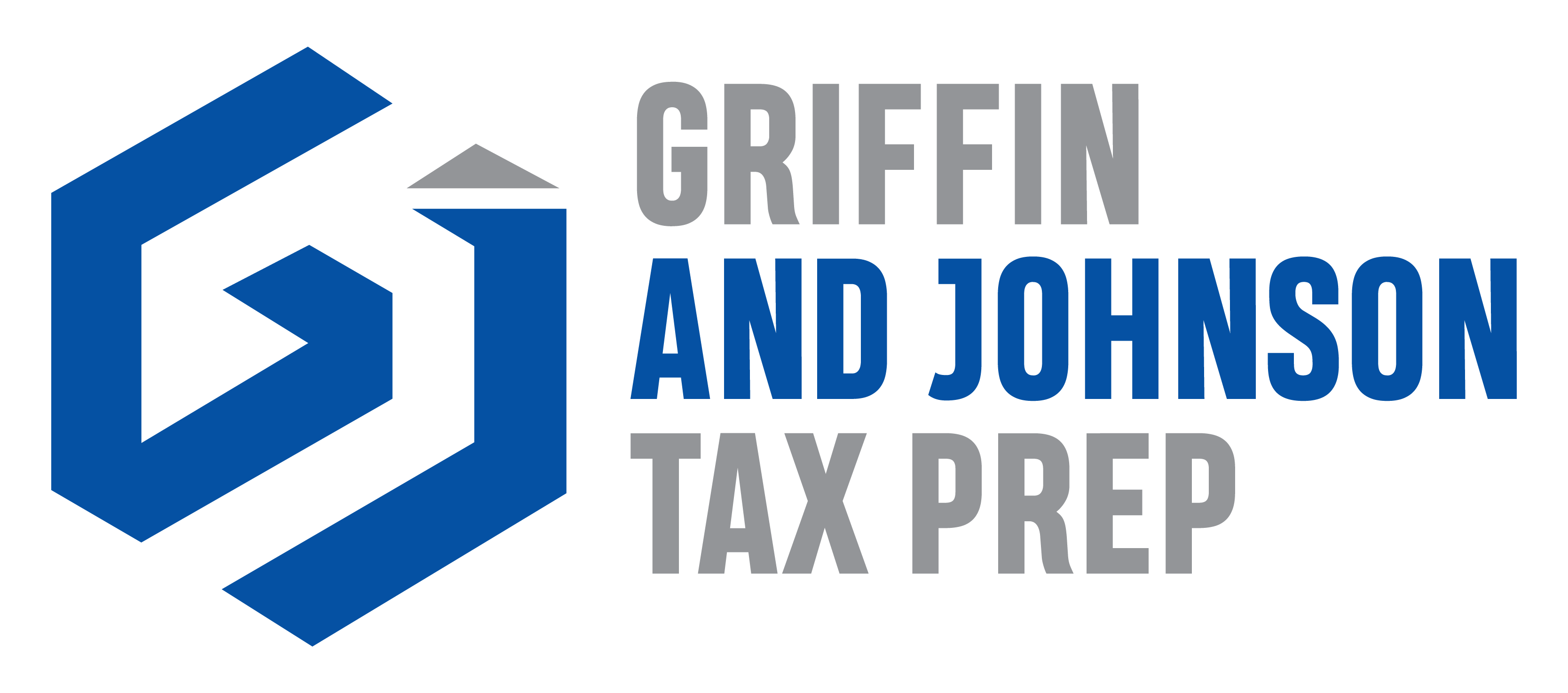Exploring Options for Free Tax Filing for Low-Income Households
Welcome to your essential guide on navigating the often-overwhelming world of taxes, tailored specifically for low-income households seeking relief and support during tax season. As April edges closer, understanding your options for free tax filing for low income individuals is more crucial than ever. This comprehensive article is designed to simplify the complex, ensuring you are both informed and empowered to manage your taxes effectively and efficiently.
In the following sections, we delve deep into the nuances of eligibility for free tax filing services, noting how differing federal and state criteria might influence your qualification. We understand that the fine print can often deter many from taking advantage of available resources. Thus, our mission is to clarify these points, ensuring you can easily determine if you qualify for these essential services.
Moreover, with a plethora of services available, choosing the right one can be daunting. We spotlight the top free tax filing resources that cater specifically to low-income earners, including the IRS Free File Program, community non-profit initiatives, and user-friendly online platforms. Our guide will provide practical tips on accessing these services, detail the types of support offered, and outline the necessary documentation for a successful tax filing experience.
Lastly, while free tax assistance harbors numerous benefits, such as cost savings and professional guidance, it’s not without its hurdles. We tackle the common challenges faced by low-income households during tax season and offer real-world solutions to these issues. Our goal? To elevate your financial literacy and fortify your fiscal empowerment. Prepare to turn the page on tax anxieties and step confidently into a future where filing your taxes is no longer a chore but a checked box on your path to financial stability.
Stay with us as we guide you through every step of free tax filing for low income households, making this tax season your smoothest yet.
Understanding Eligibility for Free Tax Filing Services
Filing taxes can be a daunting task, particularly for low-income households striving to maximize every dollar of their hard-earned money. Fortunately, various free tax filing services are available designed to alleviate the financial burden of tax preparation. Understanding the eligibility requirements for these services is the first step towards accessing crucial tax help and ensuring that you can file your taxes efficiently and accurately, without the extra cost.
Income Thresholds and Qualifying Conditions
The primary qualifying factor for most free tax filing services is income. Generally, low-income households with an annual income below a certain threshold are eligible for free tax help. For example, the IRS Free File Program, a prominent federal free filing option, is accessible to filers who have an adjusted gross income (AGI) of $73,000 or less for the tax year 2022. This threshold applies uniformly across all filing statuses, be it single or married filing jointly.
However, eligibility isn’t solely based on income. Other qualifying conditions, such as age, military service, or earning part or all of an income from specific sources like Social Security benefits, can also play a critical role. Special consideration is often given to senior citizens, individuals with disabilities, and active military personnel, providing broader access to subsidized or free services.
Federal vs. State Criteria
While federal programs like the IRS Free File offer standardized criteria across the United States, state criteria for free tax filing services can vary significantly. Many states have their own programs that may align with or differ from federal programs in terms of eligibility thresholds and qualifying conditions. For instance, some states might offer free filing for taxpayers with an income up to a higher or lower threshold than the federal limit, or they might include additional qualifiers based on state-specific tax laws or priorities.
It’s imperative to check not only the federal eligibility criteria but also state-specific requirements. Some states, partnering with software providers, enable free state tax filing coupled with federal returns at no additional cost. However, eligibility might not always be synchronized with the federal criteria, leading to confusion amongst filers. Awareness and understanding of these nuances are essential to navigate through various free filing offers effectively.
Highlighting Key Differences
One of the key differences in eligibility requirements between federal and state free tax filing services often lies in the demographic focus. States might tailor their services towards particular groups such as low-income families with children, the elderly, or rural populations to address specific regional economic challenges or policy objectives. For instance, a state might lower the eligibility income threshold for free tax filing services in economically depressed areas to bolster financial engagement and compliance.
Moreover, while federal programs typically focus on simplifying the filing process for all eligible citizens, state programs may offer additional supportive services. Such services can include in-person assistance, multilingual support, or help for taxpayers with special tax situations like small business owners or gig economy workers.
Conclusion
Understanding the eligibility criteria for free tax filing services is crucial for low-income households aiming to capitalize on these opportunities. By familiarizing themselves with both federal and state guidelines, eligible filers can ensure that they access the most beneficial resources available to them, tailored to their specific financial circumstances and regional locale. Recognizing these paths to free tax assistance not only safeguards these households from unnecessary expenses but also empowers them with knowledge and tools for better financial management and compliance.
Stay informed on the criteria and stay ahead in managing your taxes efficiently, ensuring peace of mind during tax season and beyond. Free tax filing for low income isn’t just an option; it’s a financial strategy that opens the door to greater economic stability and understanding.
Top Free Tax Filing Resources for Low-Income Individuals
In today’s digital age, several robust and accessible options are available for low-income individuals seeking free tax filing services. These resources not only waive costs but also provide guidance tailored to the financial needs and complexities of lower-income households. Below, we explore some of the most efficient and widely used free tax filing avenues, ensuring that you’re well-informed to navigate this tax season without undue stress.
1. IRS Free File Program
The cornerstone of free tax filing for low income is the IRS Free File Program. This initiative is a partnership between the IRS and leading tax software companies. It offers two primary solutions: free online forms that are a digital version of paper forms, suitable for more experienced filers, and free guided tax preparation which provides partnerships with brand-name companies offering free services to those who qualify. To be eligible, taxpayers must have an adjusted gross income (AGI) of $73,000 or less per year. The program is not only comprehensive but also ensures your tax return complies perfectly with the latest tax laws.
Accessing the IRS Free File Program is simple via the official IRS website, where users can choose from multiple Free File Alliance offers that best suit their income bracket and tax situation. This personalized approach can significantly ease the burden of tax filings, guiding users step by step through their tax preparation.
2. Community Non-Profit Programs
Many community organizations recognize the challenges that low-income earners face and have established free tax help programs. Notably, the Volunteer Income Tax Assistance (VITA) program offers free tax help to individuals who generally make $60,000 or less, persons with disabilities, and limited English-speaking taxpayers who need assistance in preparing their own tax returns. IRS-certified volunteers provide free basic income tax return preparation with electronic filing.
Another commendable program is the Tax Counseling for the Elderly (TCE) program that offers free tax help for all taxpayers, particularly those who are 60 years of age and older. They specialize in questions about pensions and retirement-related issues unique to seniors.
To access these services, individuals can visit the official IRS website or contact local community centers that facilitate these programs. These centers not only help in tax filing but also educate individuals about tax deductions and credits they might be entitled to.
3. Online Platforms Catering to Low-Income Families
Certain online platforms and software offer free tax filing services specifically designed for low-income families. Websites such as TaxSlayer or TurboTax Free Edition provide free versions for those who qualify under specific income thresholds or condition criteria. These platforms are user-friendly, providing step-by-step guidance and automatically checking for common errors and potential deductions to maximize your refund.
Before choosing any online service, it’s crucial that you confirm your eligibility for the free version as each service has its own set of qualifying conditions. Always ensure to check for updates directly on the platform’s site to confirm you’re receiving the most relevant and secure service.
Tips for Using These Services Effectively
To make the most out of these free tax filing resources, here are some practical tips:
- Prepare all necessary documentation such as W-2s, 1099 forms, and any other income statements, as well as deductible expenses, before you begin your tax filing.
- Choose the right platform that best suits your income level and complexity of your tax situation.
- Seek help if needed. Don’t hesitate to reach out to volunteers or use helplines if you encounter any difficulties during the process.
- File early to avoid the rush and reduce the risk of filing errors that can often occur when under time pressure.
In conclusion, numerous comprehensive and user-friendly resources are available for free tax filing for low income, making this essential annual task less daunting. By leveraging these resources, you can ensure you are fully compliant with tax laws while possibly enhancing your financial standing through smart deductions and credits. Take advantage of these opportunities and make the tax season stress-free.
Remember, while these tools offer significant assistance, it’s important to remain vigilant and ensure that all your information is accurate and up-to-date. An informed approach to tax filing can not only save money but also secure your financial future.
Benefits and Challenges of Free Tax Filing for Low-Income Households
Navigating the labyrinth of tax filing can be a daunting endeavor, especially for low-income households striving to optimize their financial resources. Exploring the realm of free tax filing for low income individuals not only unveils significant financial benefits but also underscores certain challenges that need addressing. Through this article, we will delve into both sides of the coin, offering insights into how to harness these benefits effectively while overcoming potential hurdles.
Advantages of Utilizing Free Tax Filing Resources
One of the most compelling benefits of free tax services is the potential for substantial cost savings. For families and individuals watching every dollar, avoiding the fees associated with professional tax preparation can make a noticeable difference in their annual budget.
Beyond the obvious economic advantages, free tax filing can lead to improved accuracy in tax calculations. Many free services are partnered with IRS initiatives or seasoned non-profits that utilize sophisticated software to ensure every possible deduction is considered. This meticulous attention to detail aids in maximizing returns and minimizing potential liabilities.
Furthermore, accessibility to professional guidance is an invaluable benefit. Many low-income earners don’t have straightforward financial scenarios—dealing with multi-state filings, freelance income, or unemployment benefits can complicate tax returns. Here, free tax filing resources often provide direct access to tax professionals who can offer advice tailored to these unique financial situations.
Common Challenges and Solutions in Free Tax Filing
However, accessing these free tax services isn’t without its challenges. One of the major hurdles is the digital divide. Low-income households sometimes lack reliable internet access or are not tech-savvy, making online tax filing problematic. Community non-profits and public libraries often bridge this gap by providing computer access and in-person assistance to those who might otherwise struggle with online platforms.
Additionally, the complexity of tax laws continues to be a significant challenge. Even with guidance, the maze of forms and regulations can be overwhelming. This issue can be mitigated by educational resources offered by many free tax filing services, which empower users through workshops and direct counseling, thus enhancing their financial literacy.
Another considerable challenge is the lack of awareness about available resources. Many eligible individuals are unaware that they qualify for free tax filing services. Outreach and education campaigns are crucial in extending these services to wider audiences. Partnerships with community organizations and social media campaigns can play robust roles in increasing awareness and encouraging utilization of these vital resources.
Empowering Low-Income Households Through Free Tax Assistance
The empowerment that comes from accessing free tax services extends far beyond the immediate financial benefits. Properly filed taxes and maximized returns can improve an individual’s quality of life and provide better opportunities for financial stability and growth.
Furthermore, the educational aspect of these services fosters greater financial independence. As low-income earners become more knowledgeable about tax-related issues, they gain confidence in managing other aspects of their finances, from budgeting and saving to investing and beyond.
In conclusion, while the process of filing taxes can be fraught with complications, the advantages of free tax filing for low-income households are clear. From the financial savings to the educational benefits and access to expert advice, the pros greatly outweigh the cons. However, realizing these benefits fully requires overcoming challenges through community support, digital literacy, and increased awareness. Ultimately, providing these resources is not just about free tax assistance—it’s about fostering a stronger, more resilient financial future for all.
Contacting Local and Online Free Tax Filing Services
If you or someone you know might benefit from these services, a good starting point is to contact local tax advocacy groups or look up the IRS Free File program online. Remember, the right information and a little assistance can vastly improve the experience and outcome of tax filing for low-income households.
In conclusion, exploring free tax filing options for low-income households reveals a crucial avenue for financial empowerment and relief. By understanding the eligibility criteria and tapping into resources like the IRS Free File Program and community non-profit initiatives, qualifying individuals can navigate the complexities of tax returns with confidence and security. These free services not only ensure accuracy and compliance with tax laws, but also help in maximizing refunds which can be pivotal in bolstering the financial stability of low-income families.
While challenges such as navigating eligibility requirements and understanding the tax filing process do exist, the benefits—ranging from cost savings to accessible professional guidance—far outweigh the obstacles. It is essential for taxpayers to embrace these opportunities, enhancing their financial literacy and ultimately, securing a better economic future. So, if you or someone you know qualifies for these programs, take the first step towards utilizing these beneficial services. Embrace the support available and transform the taxing task of tax returns into a manageable, and even empowering, experience.





